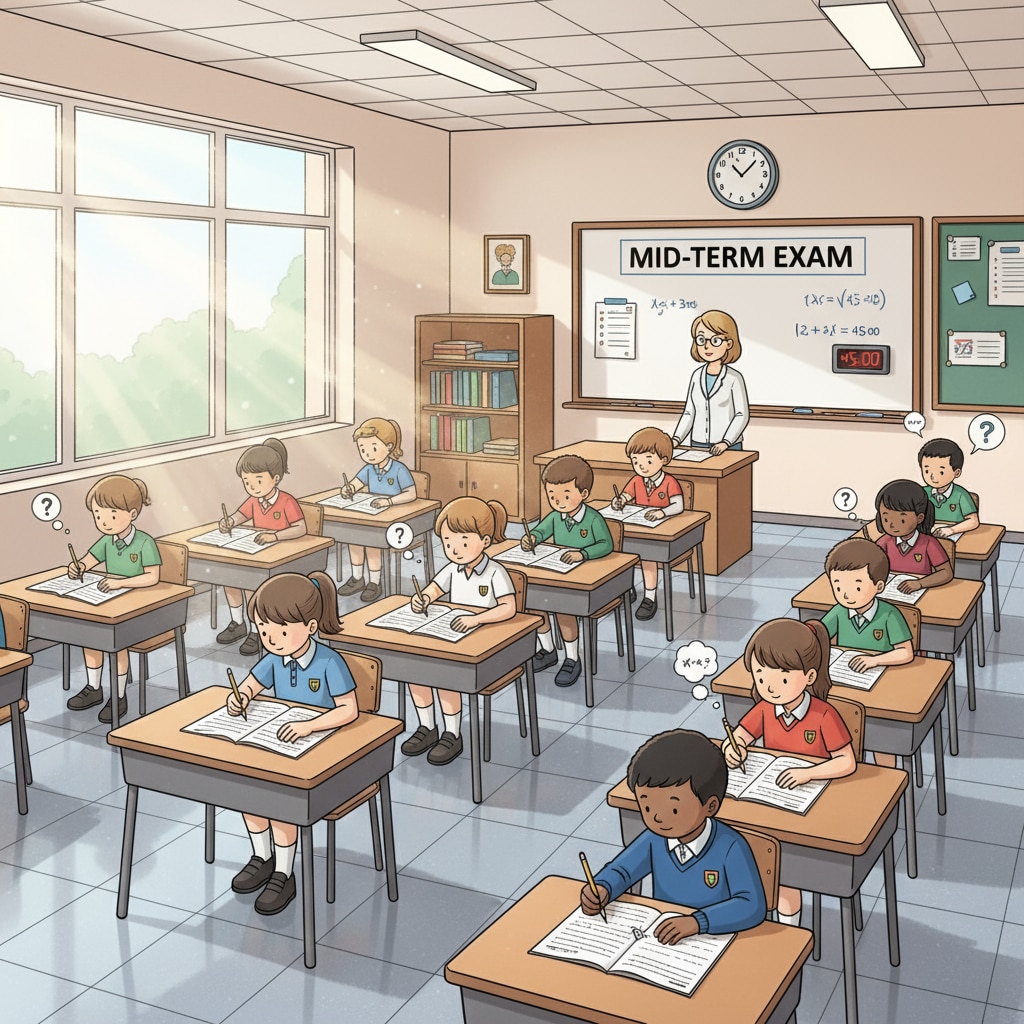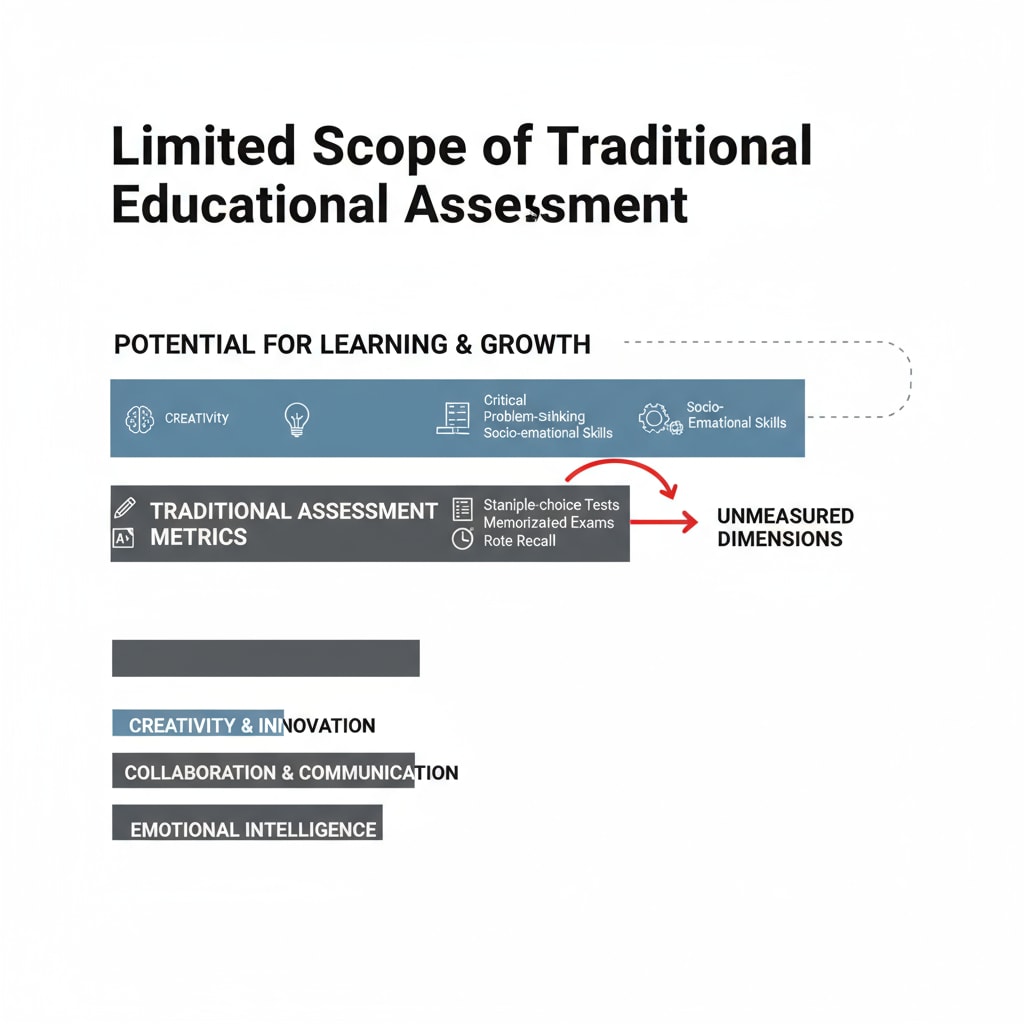Educational assessment, student ability measurement, and teaching strategies are crucial elements in the field of education. In the context of K12 education, the current assessment system has shown certain limitations. It is high time we reevaluate and redefine the value and paths of educational assessment to better serve students’ growth and development.

The Limitations of the Current K12 Educational Assessment System
For a long time, the K12 educational assessment has heavily relied on standardized tests. These tests mainly focus on academic knowledge recall, such as math formulas and historical facts. However, this approach fails to comprehensively measure students’ real abilities. For example, critical thinking, creativity, and social skills, which are essential for students’ future success, are often overlooked. As a result, students may be good at taking tests but lack practical problem-solving skills. Educational assessment on Wikipedia

Returning to the Essence of Educational Assessment
The essence of educational assessment should be to promote students’ all-round development. It should not be just about sorting students based on scores. Instead, it should provide feedback to both students and teachers. This feedback can help students understand their strengths and weaknesses, enabling them to improve. For teachers, it can guide teaching strategies, allowing for more targeted instruction. Education on Britannica
Moreover, assessment should consider students’ individual differences. Each student has unique learning styles and paces. A one-size-fits-all assessment method is not suitable. We need to design assessment methods that can adapt to these differences and encourage students to reach their full potential.
Diversified Assessment Strategies
In addition to traditional tests, we should adopt diversified assessment strategies. Portfolio assessment, for example, allows students to collect and present their works over a period. This can include projects, essays, and artworks. Through portfolio assessment, we can see students’ progress and creativity more comprehensively.
Performance assessment is another effective strategy. It requires students to perform tasks in real-life or simulated situations. For instance, a science experiment or a group presentation. This kind of assessment measures students’ practical skills and teamwork abilities.
Readability guidance: By using these diversified assessment methods, we can paint a more accurate picture of students’ abilities. They provide a more comprehensive view compared to traditional tests, and can better guide teaching strategies and students’ learning paths.


